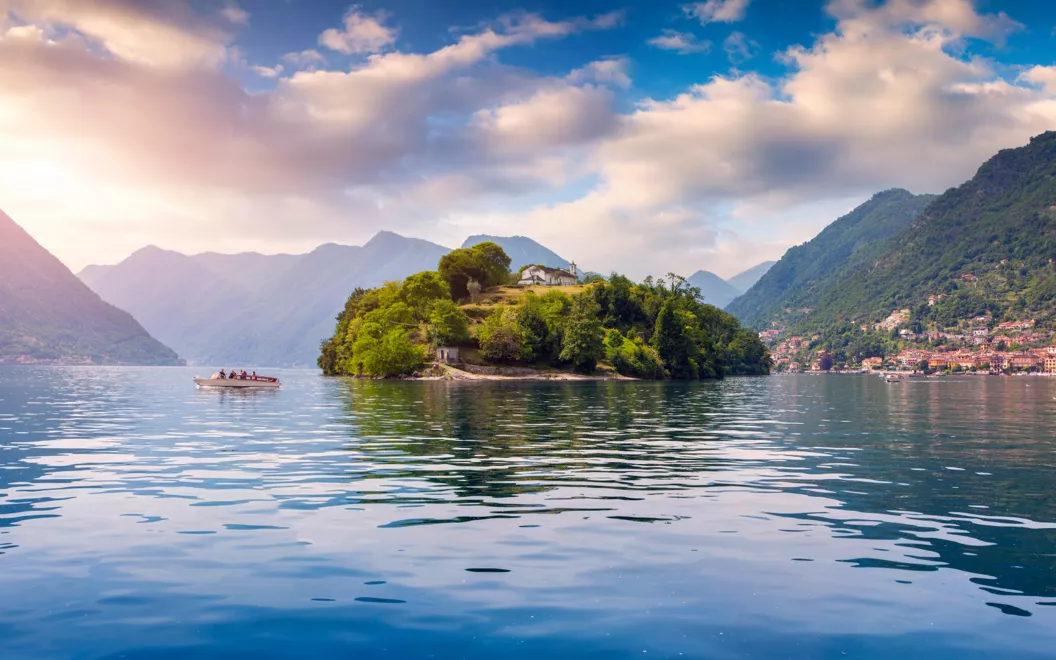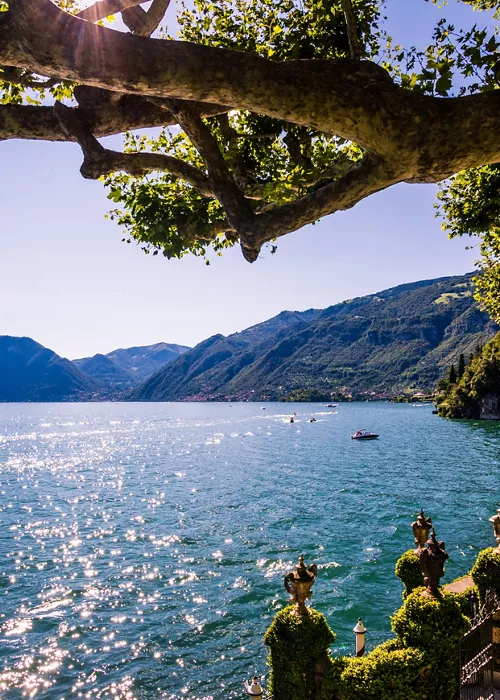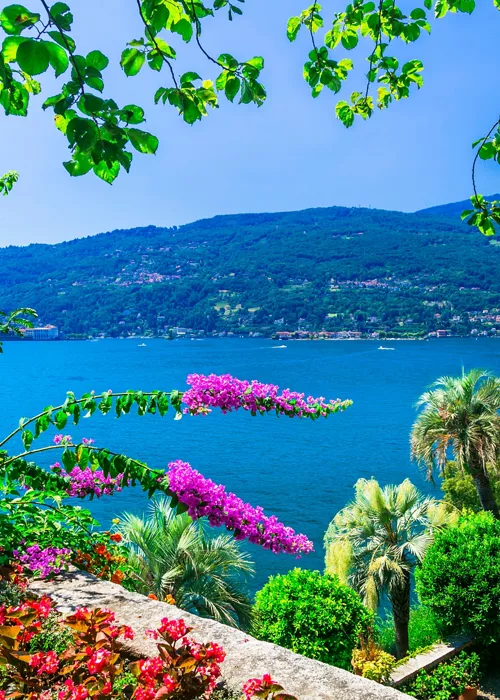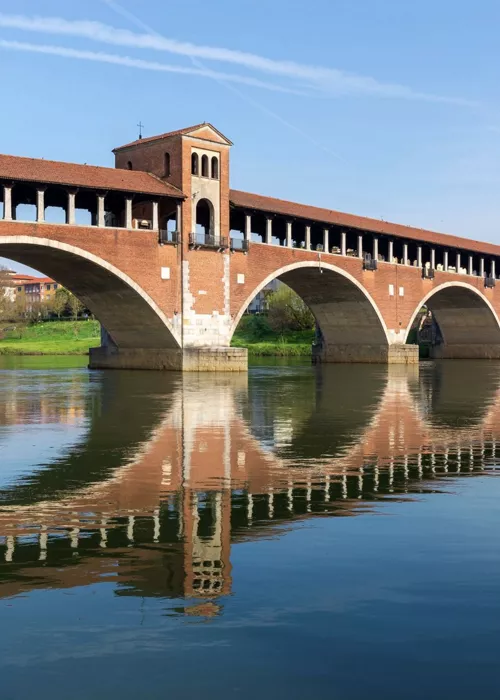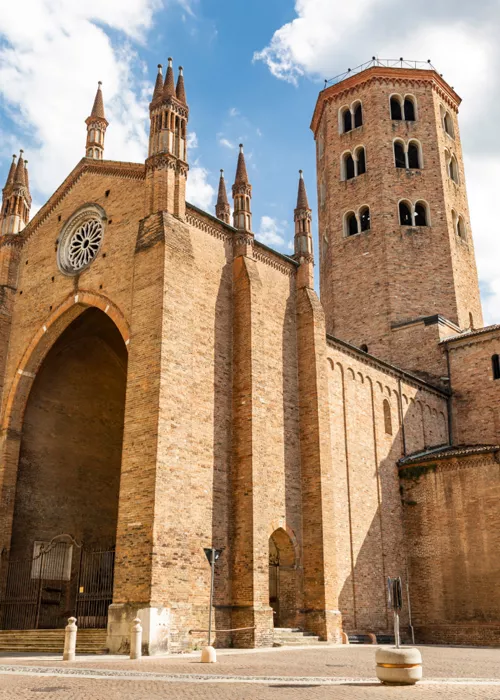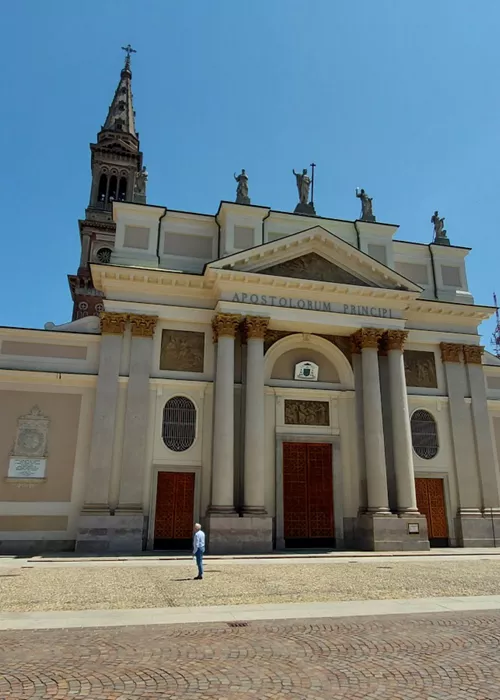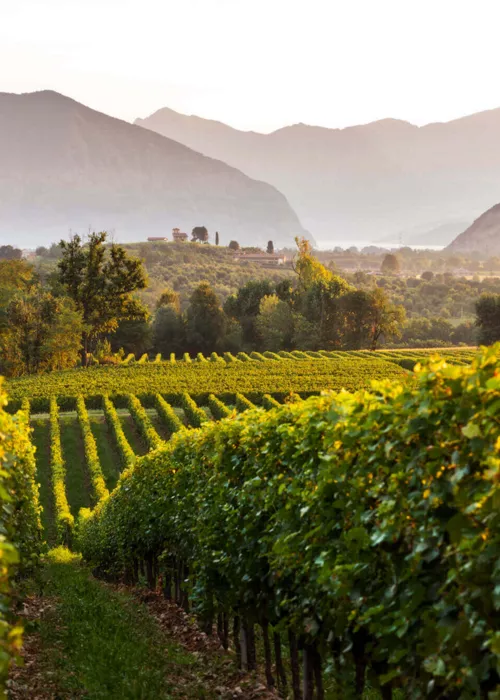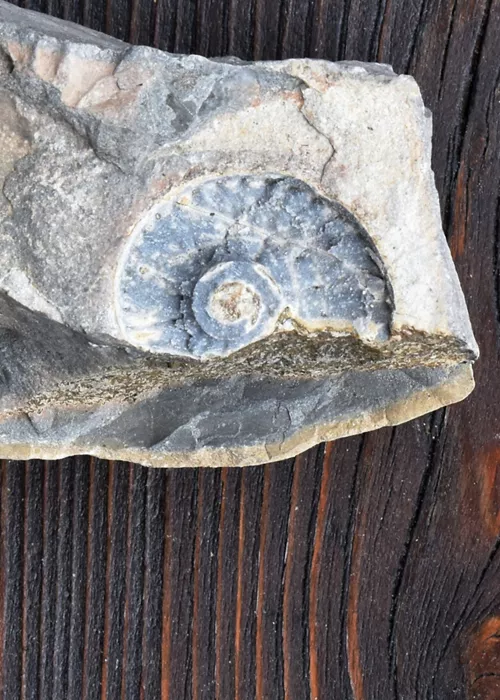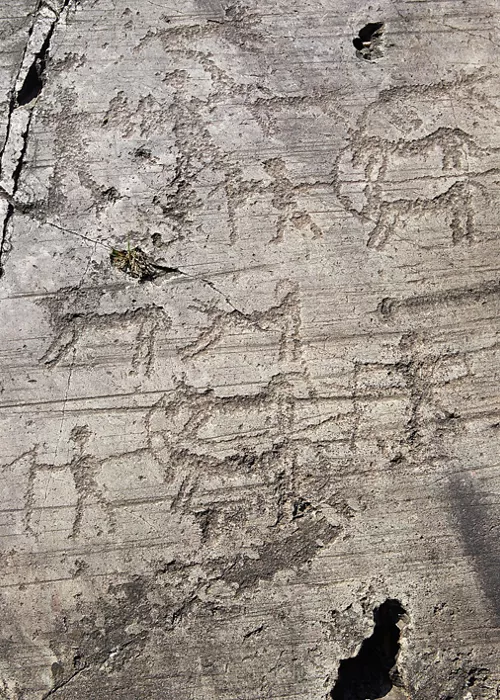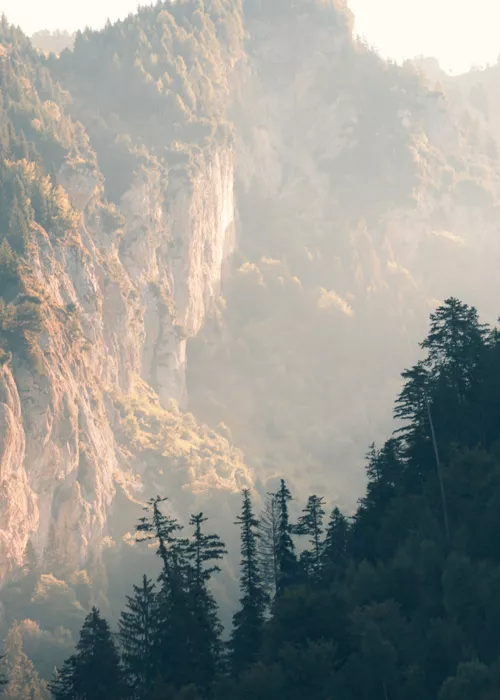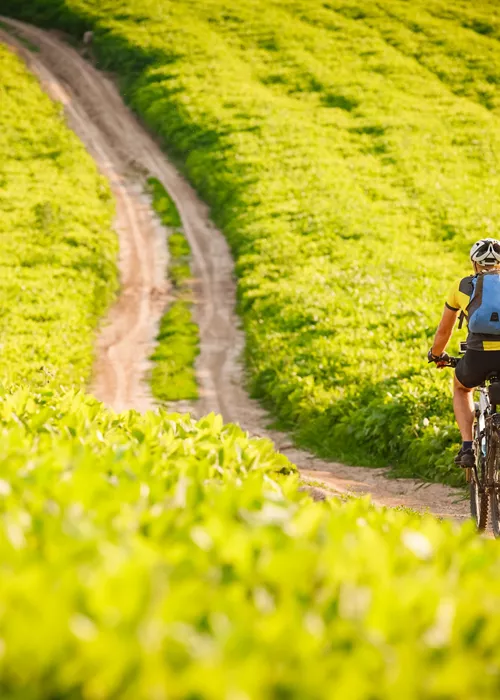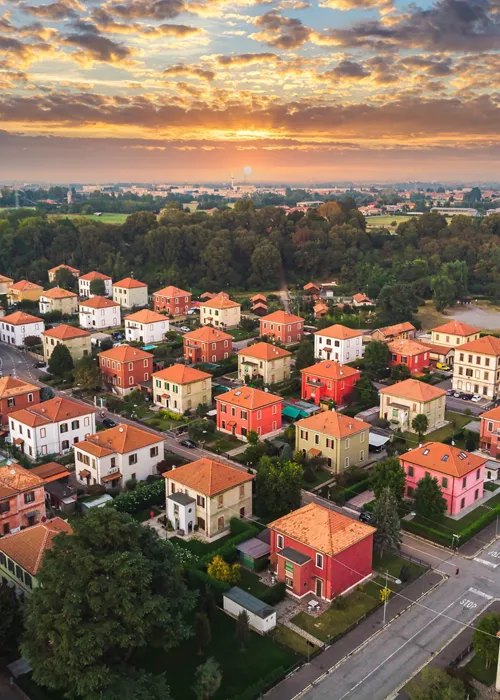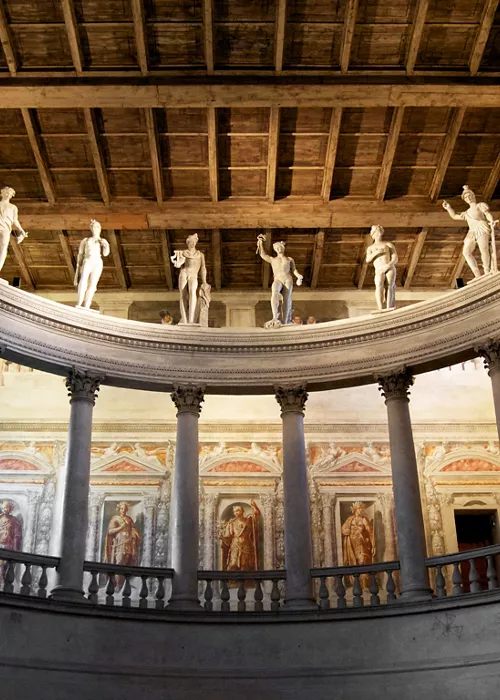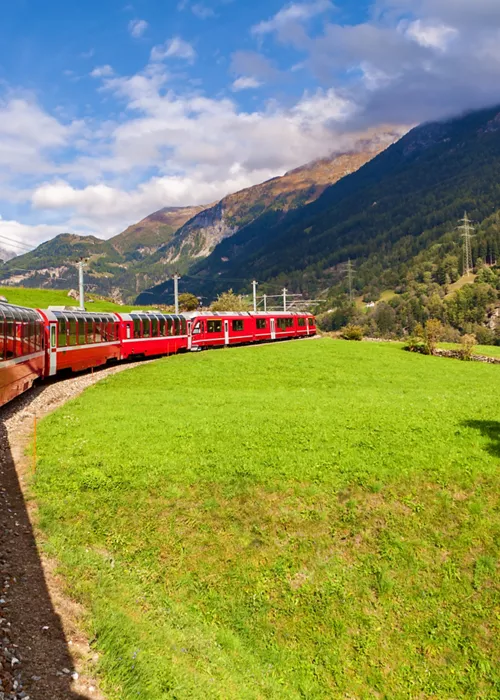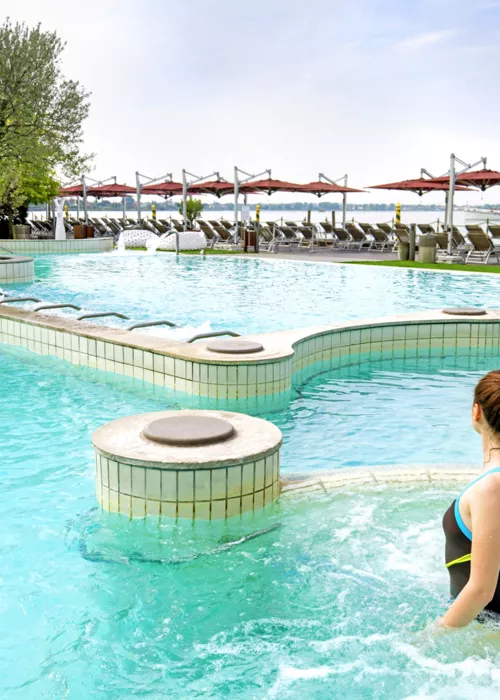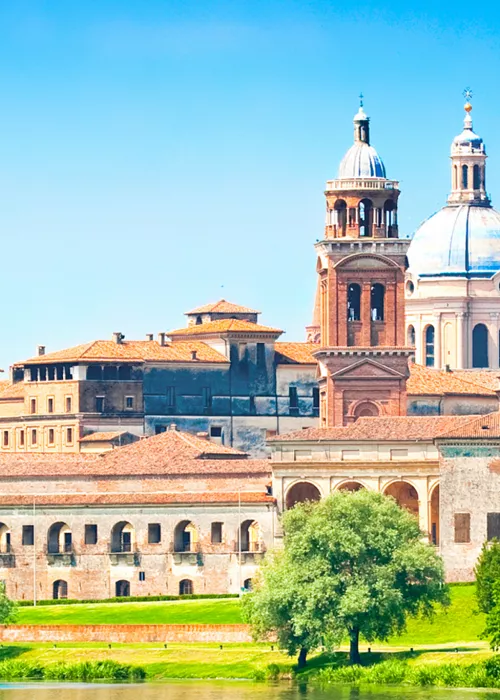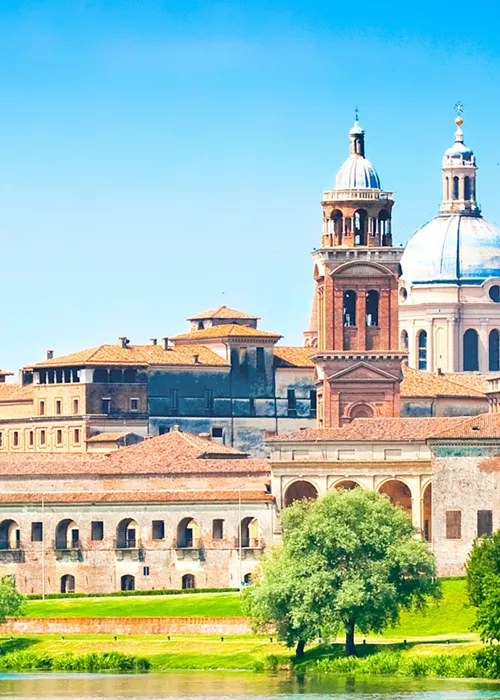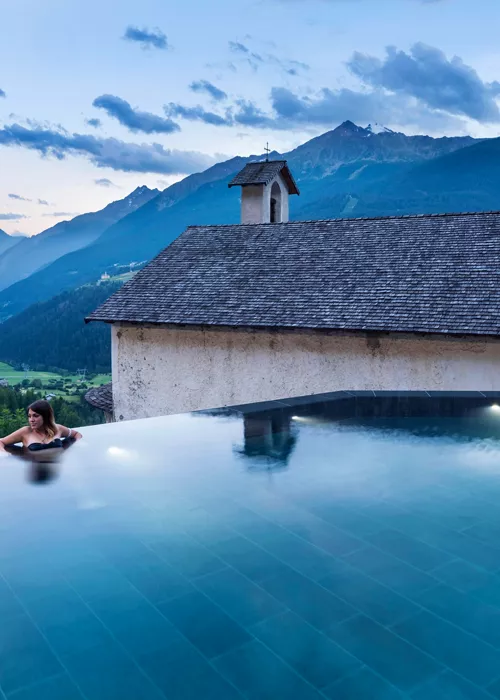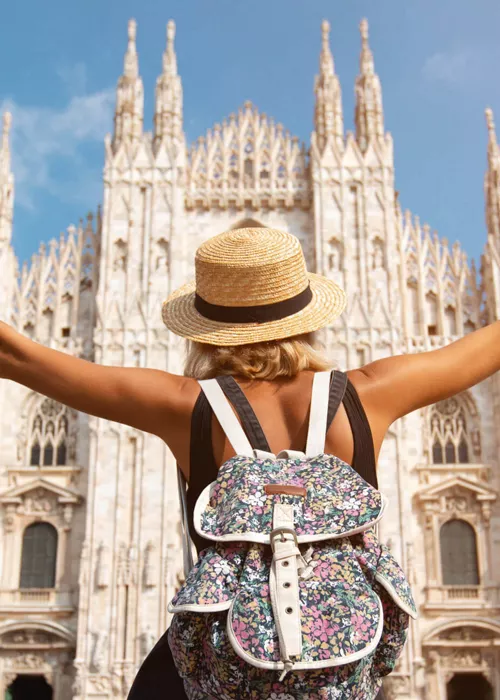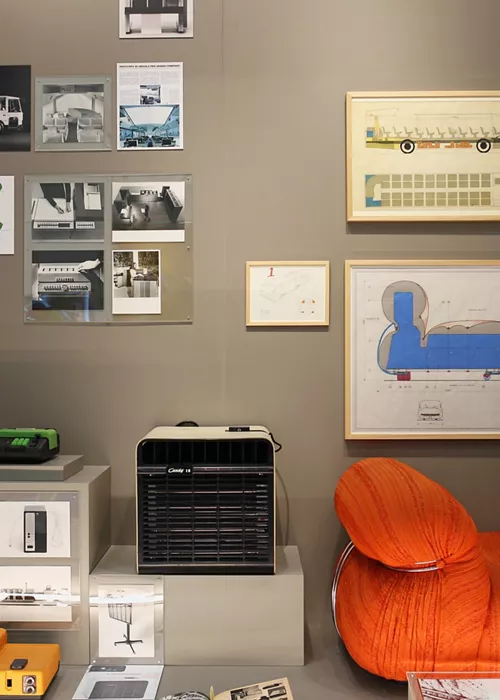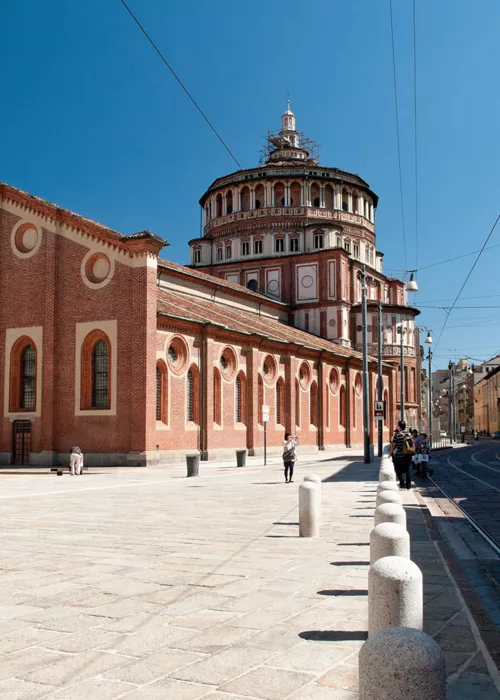Landscapes of Lombardy
3 minutes

Brianza, a small area of historical importance between the provinces of Milan, Monza, Lecco and Como covering the valleys of the Seveso and Lambro rivers and the Molgora torrent, marking the transition between the flatness of the Po Valley and the first elevations that progressively lead to the mountains. In this strip of land are found the Briantei Lakes, pools of water of glacial origin surrounded by luxuriant and at times wild nature.
The hillside, with heights exceeding 600 metres, where the lush green natural and rural vegetation predominates, houses several areas of environmental value, unique and protected precisely because of the harmonious features they maintain.
Although not far from Milan and nearing the great lakes, Brianza allows one to distinctly recognise the entire arc of peaks drawn by the Alps, resulting in views of great quality and breadth. The overall impression is that of extraordinary agricultural landscapes, balanced, productive, livable, projected onto all the other settings and towards the various Po Valley and mountain opportunities that Lombardy has to offer.
Lombardy's lakes, poetic atmospheres calling to dreams
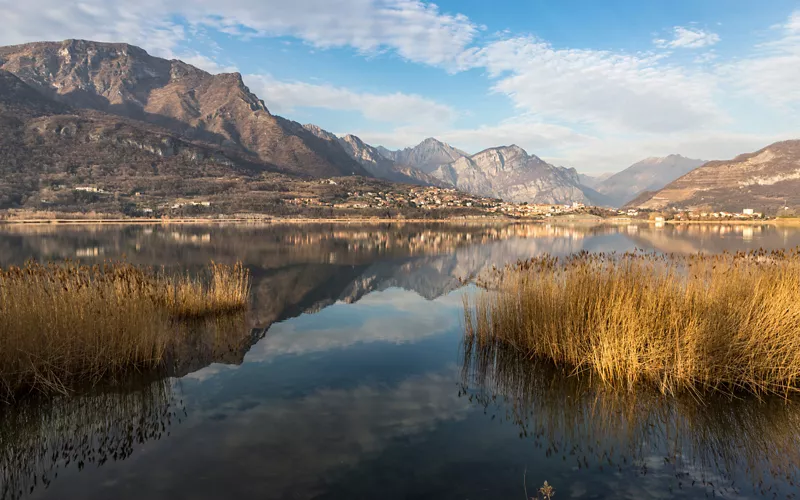
One of the best-known Italian landscapes, starring in countless travel diaries of writers and poets who have visited or passed through here, savouring a glimpse of the beauty of the Belpaese. With Manzoni being the best known voice, the Lombard lakes have earned a great deal of fame thanks to the words of those who have found their inspiration on these shimmering stretches of water.
Not only the larger lakes - Lake Lario, usually known as Lake Como, Lake Garda, the largest in Italy followed by Lake Maggiore, Lake Iseo, the smallest of the large lakes, and the western shore of Lake Lugano - but a multitude of smaller lakes and alpine reservoirs scattered along the Alte Vie contribute to establishing an original lake aesthetic, emblematic of the great natural beauty of Lombardy.
It can be said that a rather graceful and "Italian" way of putting together natural and man-made spectacles, such as hamlets and cities of art, fine crops, magnificent villas and castles, is found in the lakes of Lombardy among its best and most clearly recognisable expressions. Here, a repertoire of feelings aroused by views and lake life is born: certain sweet and harmonious atmospheres, of quiet worldliness, of soft reflections, of indulgent rhythms of life, find a home on the shores of Lombardy's lakes.
Oltrepò Pavese, following the slow pace of history and fine wine
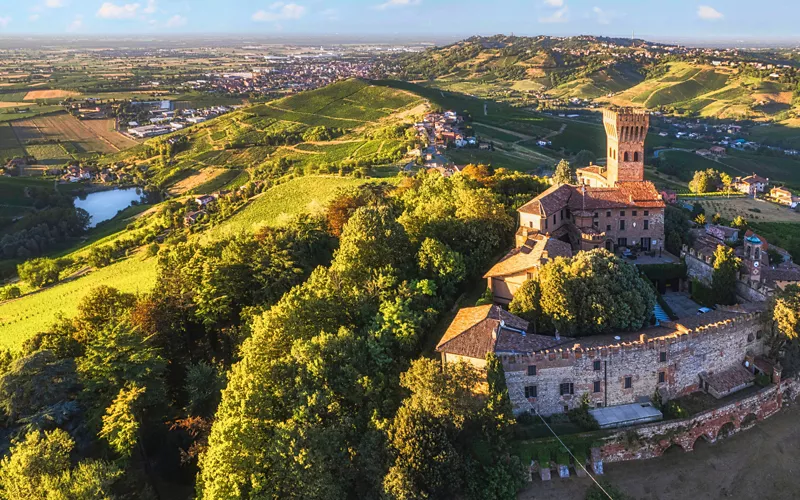
In Lombardy, the stretch of land in the province of Pavia that has its borders between the course of the Po River, the formerly Emilian lands of Piacenza, the Piedmontese lands in the province of Alessandria and the Genoese lands rises with a physiognomy of its own. A tri-border crossing where different influences can be felt in the natural landscape and, above all, in the historical and man-made scenery. More than 70 Lombard municipalities now form the Oltrepò pavese, to which were once added another 20 or so villages in the three bordering regions.
Steeped in history and great testament intertwined in ages and styles, in this region you will find a web of castles and fortified villages, a heritage of its feudal history, as startling as it is isolated, off the beaten track.
The countryside of the Oltrepò will speak to you of an outstanding agricultural tradition, particularly in the vine cultivation and a working culture that have made the area famous: as everyone is well aware, the local wines are among the most illustrious and titled in Italy. And if you are seeking relaxation, let yourself be cradled by the soothing waters of the Rivanazzano and Miradolo spas.
The endless charms of Lombardy's lowlands and river scenery
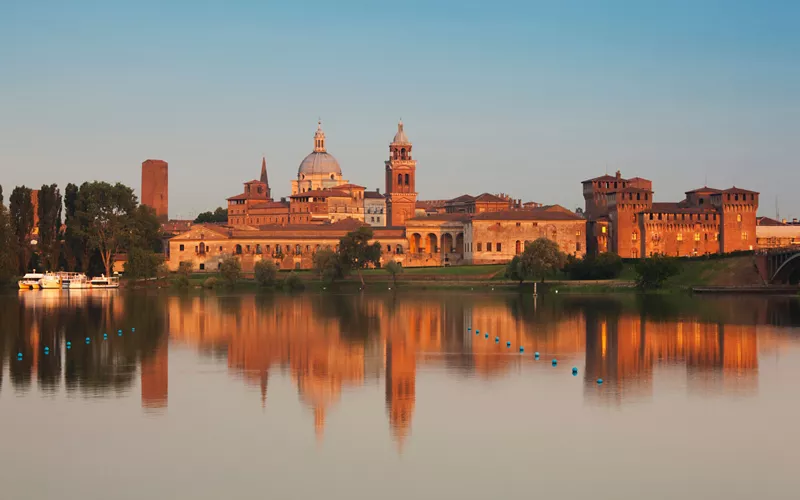
The lowlands in Lombardy are not only the backdrop against which the history of momentous settlements, of great labor, of powerful lordships, of ancient and modern economies unfolds: it is a place with a sentiment that is anything but homogeneous and "flat." On the contrary, it really appears that this fertile land, all flat, traversed by the Po and other rivers descending from the Alps, is indeed capable of generating multifaceted images, both intimate and at the same time powerful.
This is perhaps the most defining sign of the Lombardy lowlands: an ancient practicality, perhaps laborious, but positive, that an observant eye can easily grasp. An energy of doing that becomes suggestive not only in the wealthiest and most emblazoned cities, but also in the farmed expanses, in the homesteads, in the hamlets, in the clarity of sunny days enjoyed under the shade of kilometers of rows of trees, in the charm of certain autumn mists along riverbanks.

